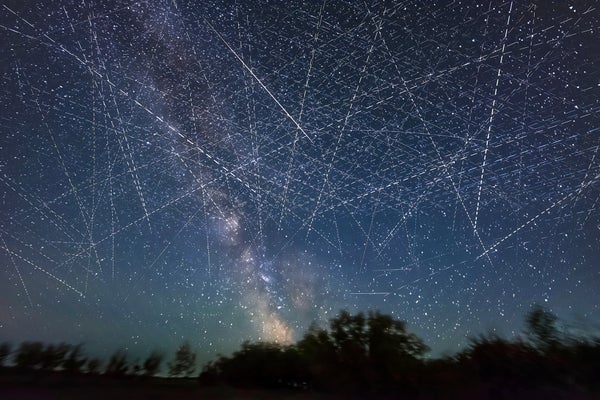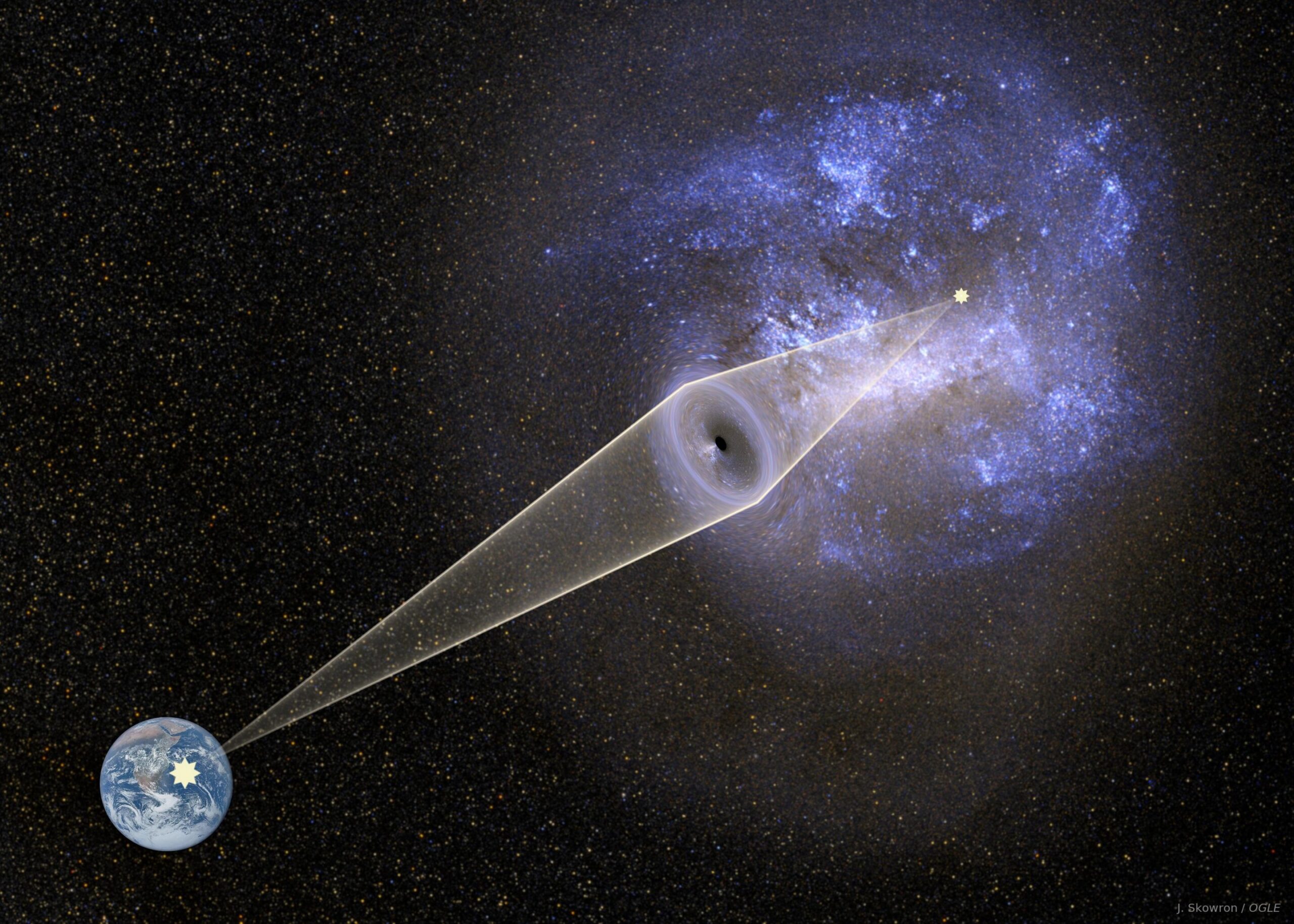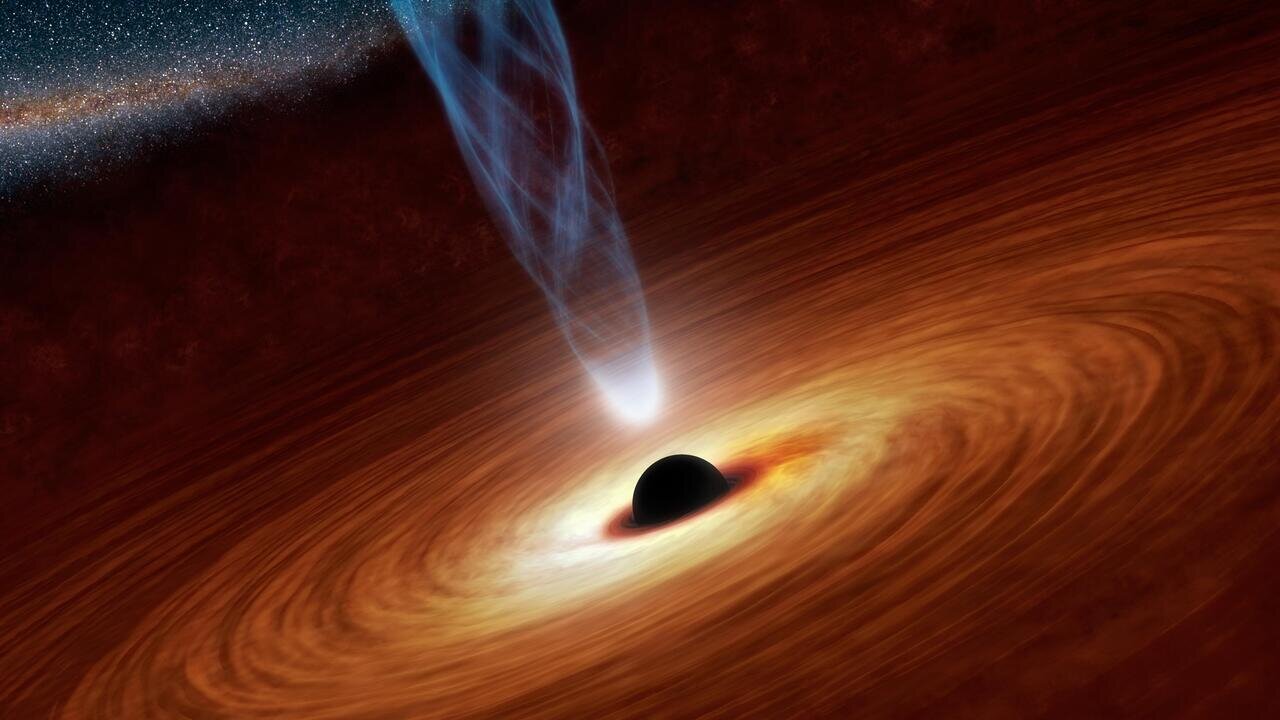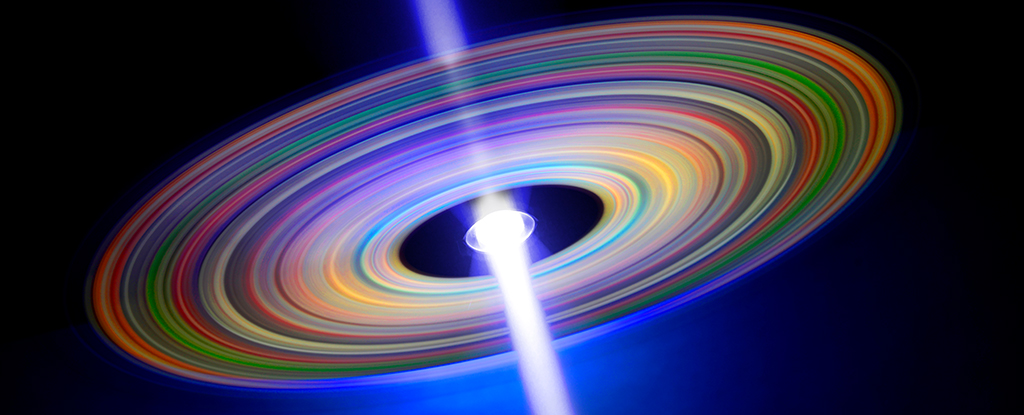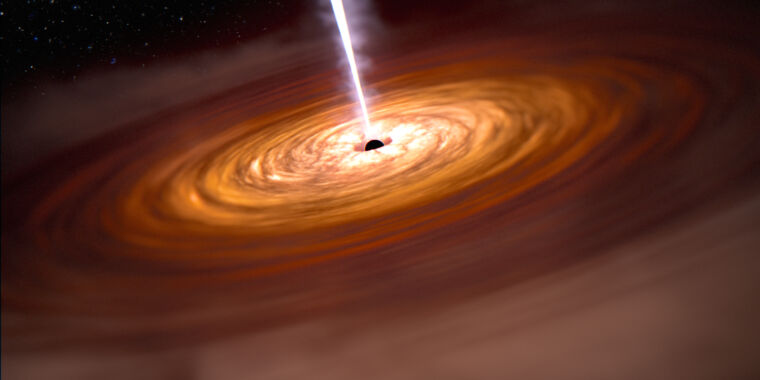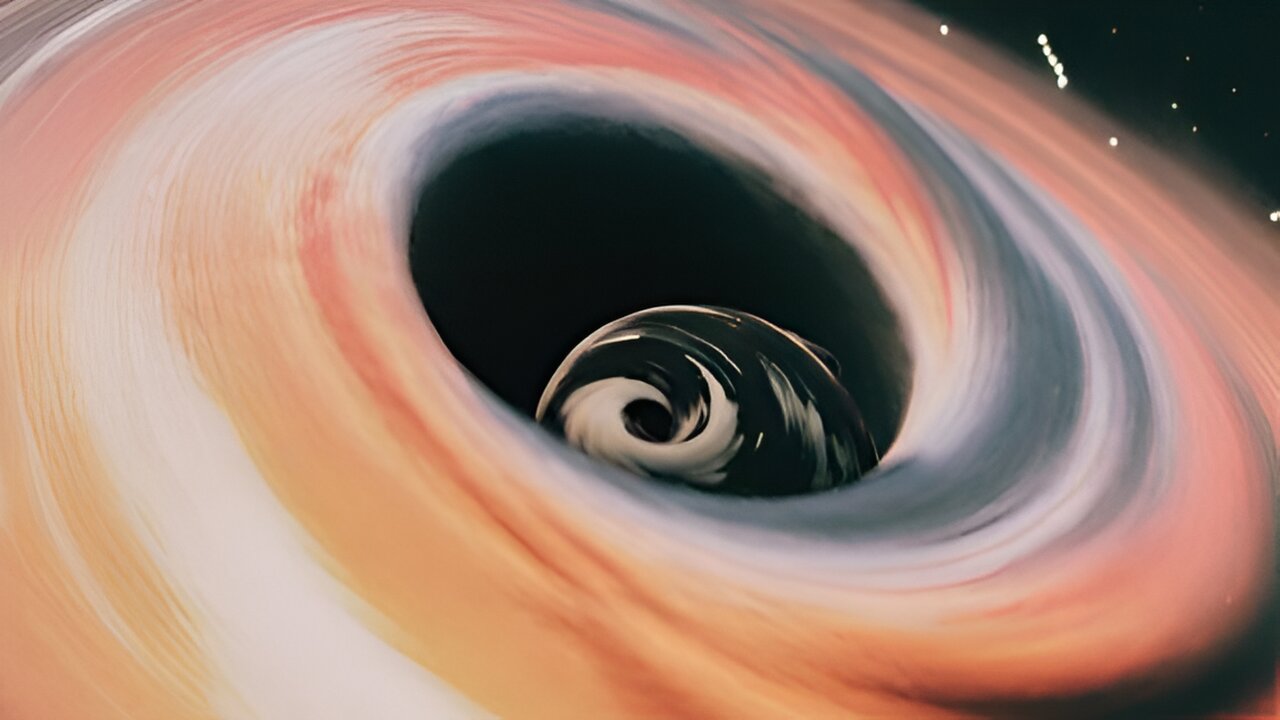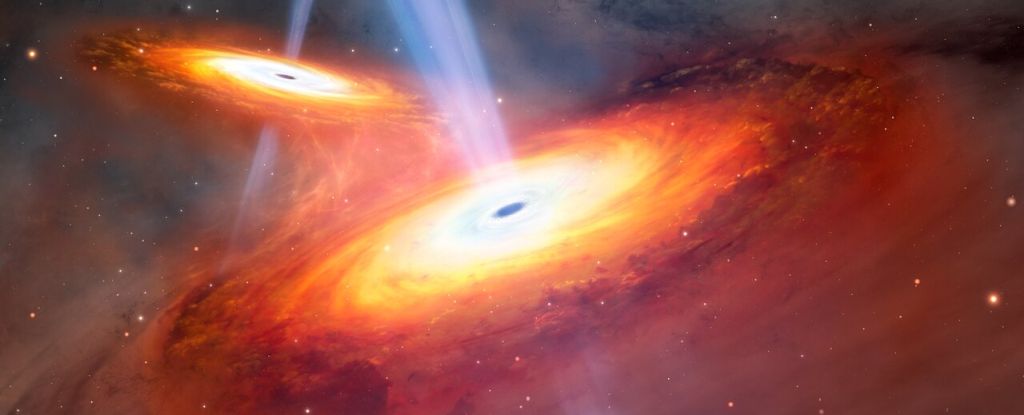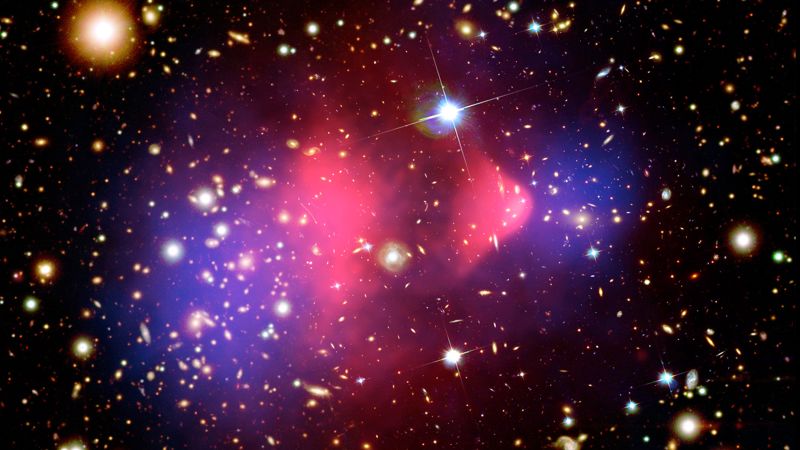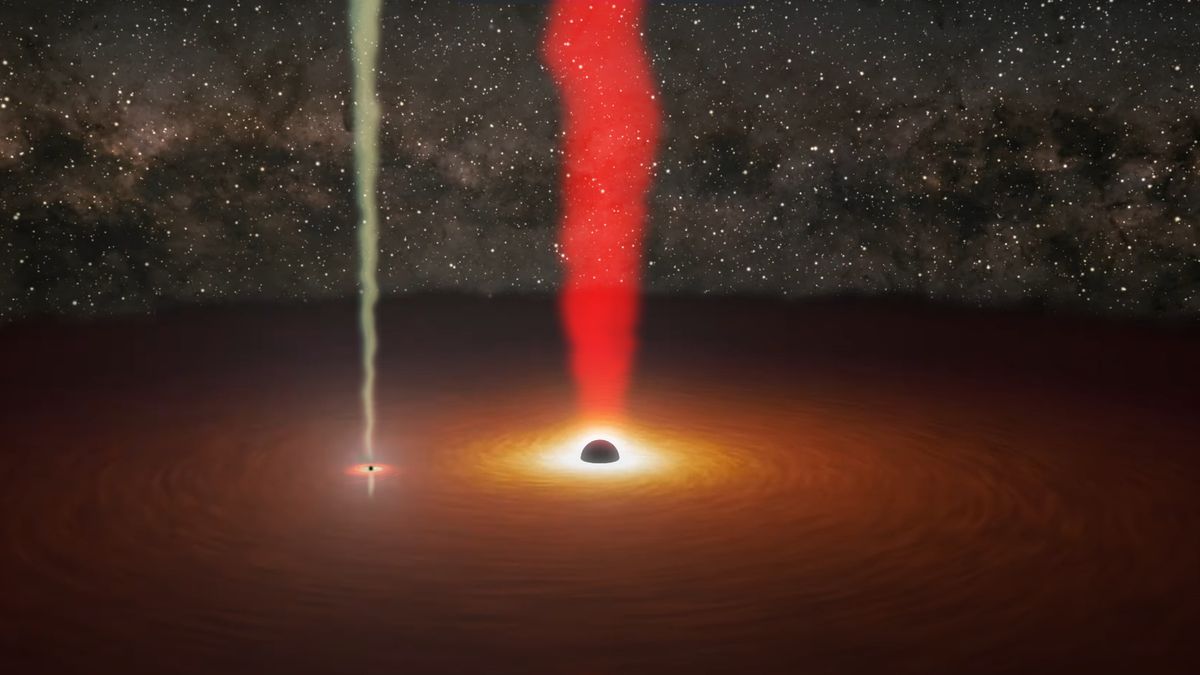Megasatellite constellations could jeopardize the recovery of ozone holes
Megasatellite constellations could jeopardize the recovery of ozone holes Pollution from the rising number of satellites burning up in Earth’s atmosphere could threaten our planet’s protective ozone layer By Max Springer Light trails from low-Earth orbit satellites fill the sky in this long-exposure composite image captured over a period of 30 minutes. Alan Dyer/VWPics/Alamy Stock … Read more
